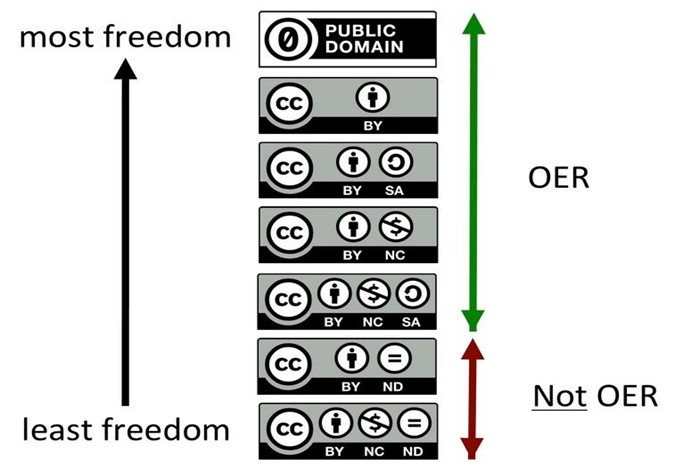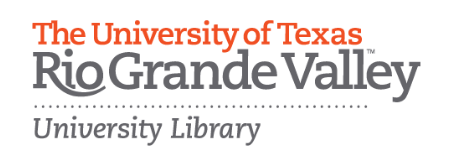Understanding an Open License: How and Why
In Unit 1 you learned that an open educational resource is either in the public domain or released with copyright permissions which allows for free use and repurposing by others. Specifically, an open license exists as a way for the original creator to clearly inform others how their work can be used by granting permissions to share and adapt their work. A Public Domain license and the variety of open license permissions known as Creative Commons (CC) are the predominant standards for open licenses. You will learn more about the six different CC license permissions in Unit 7.
It is the copyright status and license applied to a work which determines what you can and cannot do with the creative work of someone else. Knowing how to identify and differentiate between common types of copyright status will be useful when determining which content you may reuse, and how. One should assume that a work is all rights reserved, unless the creator explicitly states otherwise or the user of the work can prove it differently.
As you search for OER, you will become familiar with the markings of each copyright type.

There are six different Creative Commons licenses: CC BY, CC BY-SA, CC BY-NC, CC BY-ND, CC BY-NC-SA, CC BY-NC-ND. The letter pairs indicate conditions for use.
- CC BY is the most open license. It allows the user to redistribute, to create derivatives, such as a translation, and even use the publication for commercial activities, provided that appropriate credit is given to the author (BY) and that the user indicates whether the publication has been changed.
- CC BY-SA is also an open license. The letters SA (share alike) indicate that the adjusted work should be shared under the same reuse rights, so with the same CC license.
- NC (non-commercial use) is a condition that makes the CC licenses more restrictive and thus less open.
- ND (no derivative works) is not an open license since the work cannot be remixed and/or adapted.

